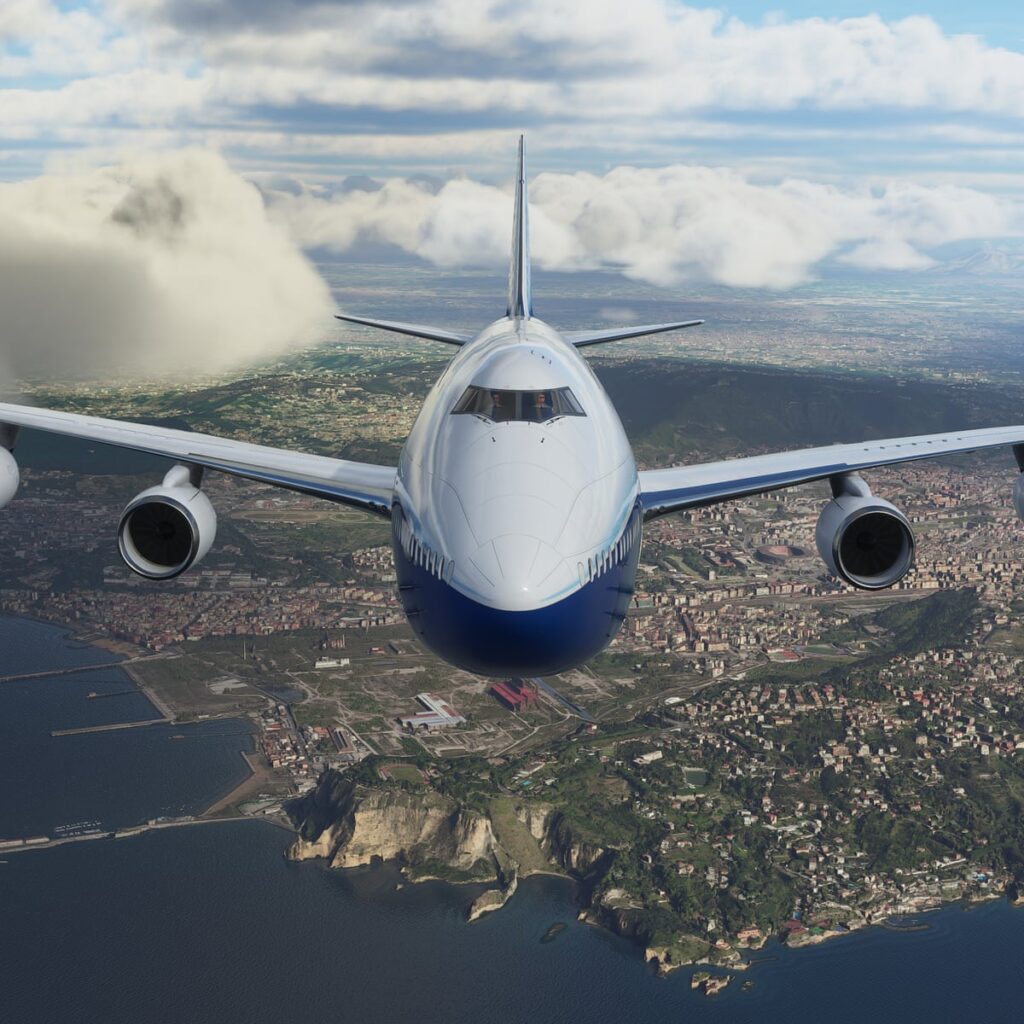Flight simulator games have evolved significantly since the 1970s, from rudimentary 2D graphics to ultra-realistic 3D simulations. The genre truly took off with the release of Microsoft Flight Simulator in 1982, and the current state of flight simulators sees developers using the latest technology to create ever more immersive experiences. The future of flight simulators is likely to include advances in hardware, such as virtual reality headsets, and artificial intelligence to create more sophisticated air traffic control systems and more lifelike computer-controlled planes. Multiplayer modes also offer the potential for players to fly together in real-time and create virtual airlines.
Exploring the World of Flight Simulator Games
Flight simulators have been in existence since the 1970s, and since then have come a long way in complexity and realism. Thanks to advances in computer hardware and software, modern-day flight simulator games offer an unparalleled level of realism, allowing players to experience the art of flying like never before. In this article, we will be exploring the world of flight simulator games, from their history to their current state, and finally what the future holds for them.
History of Flight Simulators
The first flight simulator games were developed in the 1970s and were quite rudimentary by today’s standards. They were essentially two-dimensional games with a limited number of planes and airports to choose from. However, as computer technology advanced, flight simulators became more and more realistic.
In the 1980s, flight simulator games were still generally limited to home computers, such as the Commodore 64 and the Apple II. It wasn’t until Microsoft Flight Simulator was released in 1982 that the genre truly took off. This game was a significant step forward in terms of realism and is credited with popularizing the genre.
The 1990s saw further advances in flight simulator technology, with the release of games such as Falcon 3.0 and X-Plane. These games featured better graphics, more realistic cockpit controls, and more detailed flight modeling. By the early 2000s, flight simulator games had become incredibly popular, with Microsoft Flight Simulator being one of the best-selling PC games of all time.
The Current State of Flight Simulators
In recent years, flight simulator games have continued to evolve, with developers using the latest technology to create ever more realistic and immersive experiences. Flight simulator games today feature stunning graphics, accurate weather modeling, and ultra-realistic physics engines that simulate every aspect of flying.
One of the most prominent flight simulator games currently available is Microsoft Flight Simulator, which was released in 2020. This game uses real-world data to simulate the entire planet, so players can fly over their own homes and landmarks in stunning detail. Additionally, the game features real-time weather updates, realistic air traffic control, and a wide range of planes to choose from.
In addition to Microsoft Flight Simulator, there are also many other flight simulator games available, such as X-Plane 11, Aerofly FS 2, and Prepar3D. These games offer their own unique features and gameplay mechanics, making them popular choices among flight simulator enthusiasts.
The Future of Flight Simulators
Looking to the future, flight simulator games are likely to continue evolving and becoming even more realistic. Advances in hardware, such as virtual reality headsets, will enable players to experience flying like never before, with a fully immersive and interactive experience.
Artificial intelligence is also likely to play a bigger role in flight simulator games in the future, allowing for more sophisticated air traffic control systems and more lifelike computer-controlled planes.
Additionally, there is likely to be more emphasis on multiplayer modes, allowing players to fly together in real-time and even create their own virtual airlines.
Conclusion
In conclusion, flight simulator games have come a long way since their inception in the 1970s. From simple 2D graphics to ultra-realistic 3D simulations, flight simulator games continue to evolve and improve, offering players an unparalleled level of immersion and realism. With continued advances in technology, flight simulator games are likely to become even more sophisticated in the future, allowing players to experience the thrill of flying like never before.
